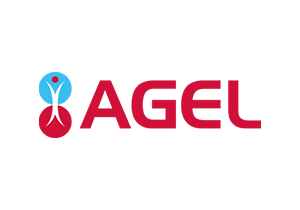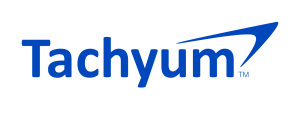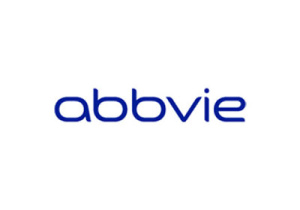SPRING ITAPA 2019: Slovakia to get involved in smart mobility more intensively

The surrounding world, including our neighboring V4 countries, is active in development and research in smart mobility. Visions about smart mobility projects that should come into force in upcoming years in Slovakia were introduced on the ITAPA 2019 Spring Conference. Although the country is the world leader in car production per person, it has not been involved in the development of smart mobility yet. We want to change that.
According to prof. Tatiana Kováčiková from the University of Žilina, the current trend in transport is diversification. Wi witness a revolution in public transport while bicycles and related sharing services are having a great comeback at the same time. The new element which attracts various groups of the population is electric double and multi-wheeled vehicles.
On the other hand, we are also talking about diversification of ownership. Slovakia is still in a group of countries where owning a car demonstrates a certain social status. However, the trend in Western Europe is shifting. Young people do not seek to own a car, but rather ways to share it by using various "sharing" services in the form of mobile applications.
There are demo projects running in the EU involving a number of partners who test interconnected and autonomous vehicles. The European Commission supports the umbrella H2020 Arcade project to coordinate the activities of the various European projects.
GNSS Consulting's Norbert Schindler pointed out that it is important to realize what Smart is and what is not. A model example of unintelligent traffic are traffic jams caused by car columns. On the other hand, there are several positive examples at country level. The streets of Taipei are filled with lightweight scooters instead of large cars. In Tokyo, public transport, especially the underground is very popular thanks to the extensive smart mobility agenda. It is also well known that the Copenhageners love to ride their bikes.
Slovakia can be taken as a positive example of freight transport. Slovakia has become a European leader after introducing Europe's largest satellite toll system in just three months.
Slovak toll uses the GNSS satellite navigation system (Global Navigation Satellite System). Since 2010, GNSS units that are mounted on windscreens are mandatory for all trucks. The entire system was built in less than a year and from day one it has been successful for 99 percent.
The EU's ambitious project is Galileo, a space navigation system to become an alternative to US government-controlled GPS or the Russian GLONASS system. Thirty operating satellites should provide greater accuracy than the mentioned systems. Galileo has already been successfully tested in the G-Motit project, the Barcelona Sharing Service, which will allow operators to locate electric scooters for recharging and maintenance more accurately.
An example of using the potential in the region is the U-smart cluster - a test zone for autonomous cars in Ústí nad Labem. According to Martin Kavka from KPMG, the excellent location of the city between Prague and Dresden was used in a region that is historically one of the least developed in the Czech Republic.
The selected higher generation testing zone contains nearly 27 km of roads. Based on the Transport Action Plan, a strategic document for the use of state-of-the-art detection, diagnostic, information, control and security technologies based on intelligent transport systems was developed.
HERE Technologies has begun to digitize mapping in the 1980s. Technology of the 2D maps progressed to the 3D maps that not only contain quantum of information, but also transform themselves into localization systems.
While in the past the maps answered questions like "How do I get from A to B?", or "What is the fastest route?", today with expanding infrastructure and a growing number of vehicles and devices we can ask "When will my van arrive?" or "Will the weather still be bad at the time of my arrival?"
Patrik Križanský from the SEVA (Slovak Electric Vehicle Association) presented the possibilities to involve Slovakia in innovation in electromobility. Slovakia is absolutely dependent on cars, as 44% of its industrial production is procured by automotive industry.
Even if Slovakia is the world's largest producer of cars per capita, the other V4 neighbors are still ahead when it comes to innovations as there are test zones for autonomous and interconnected vehicles constructed. According to Križanský, our country incorrectly allocated 70 mil. budget for innovation for road reconstruction.
Critical words about technology policy in Slovakia were also addressed by Peter Kárpáty from the Office of the Deputy Prime Minister for Investment and Informatisation. He acknowledged the reserves in the transport sector, which has not yet dealt with smart mobility. There is an ongoing attempt to elaborate and improve a state project with a working title of Mobility lab, although is it not yet quite clear what form the project will take and how it will contribute to private sector.
Nevertheless, according to Kárpáty, it will start with a strategic analysis to prevent creating a test zone in Slovakia which wouldn’t be used. As the project is just starting off, it is expected to bring experts to the Ministry in the next four years.




















